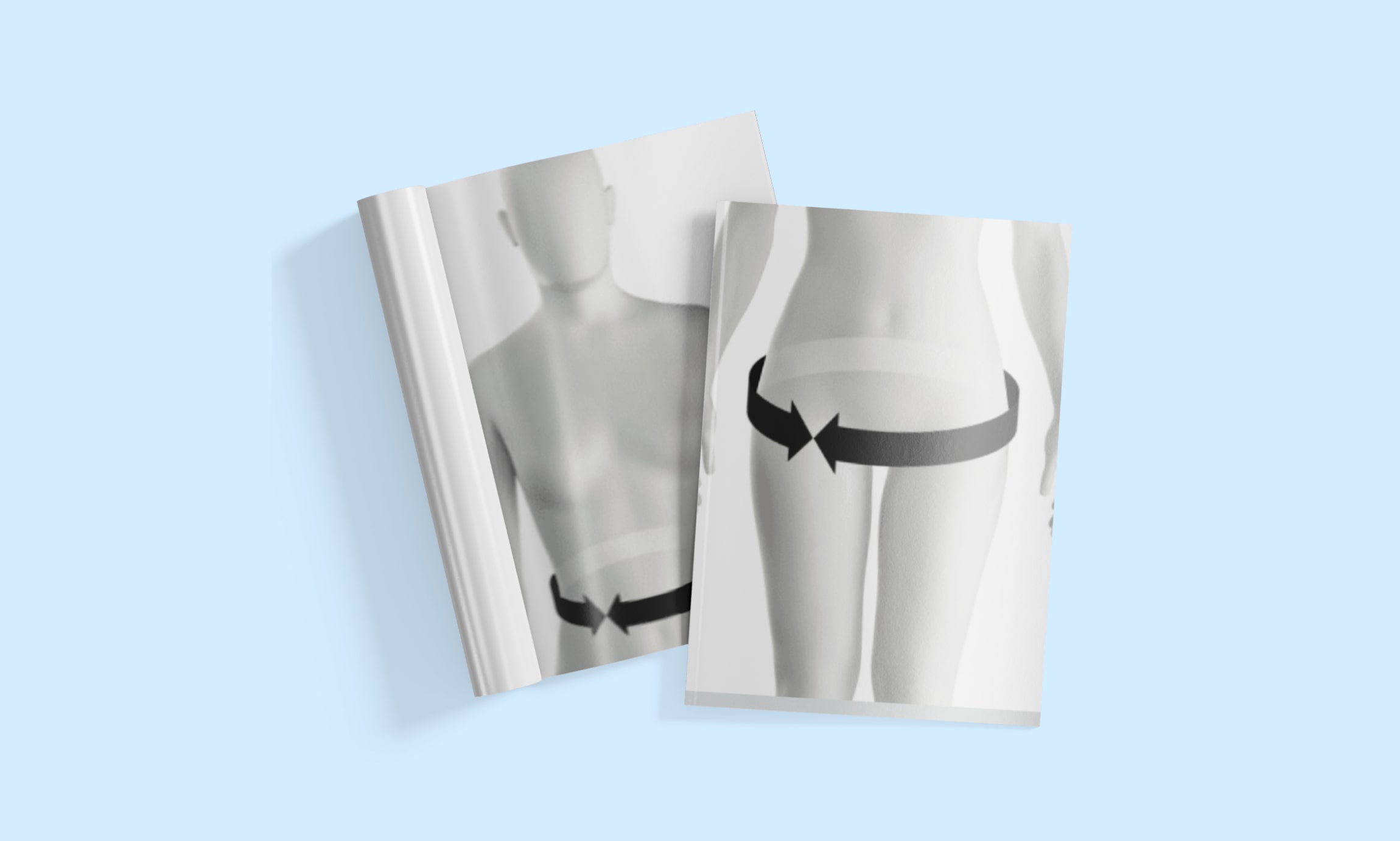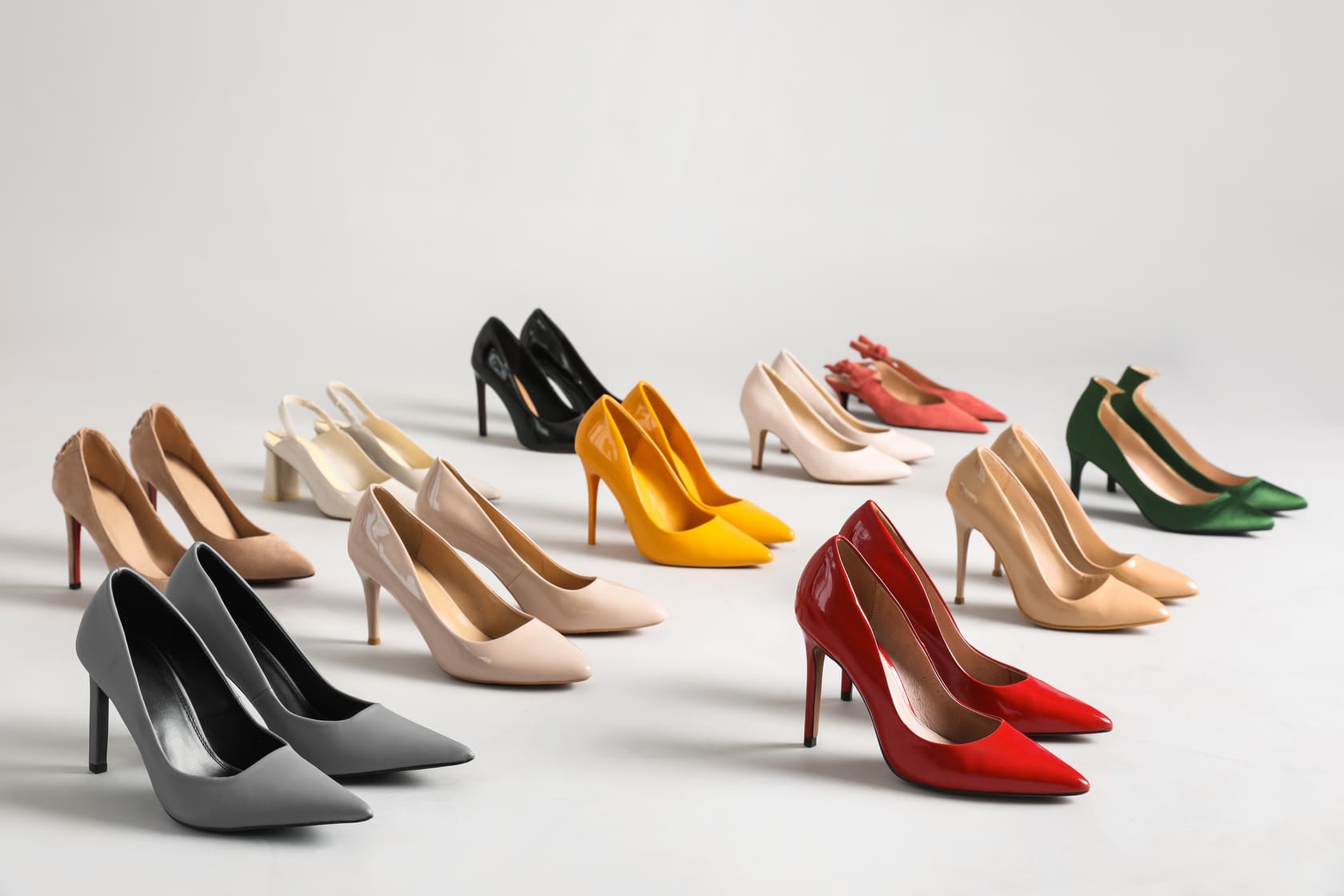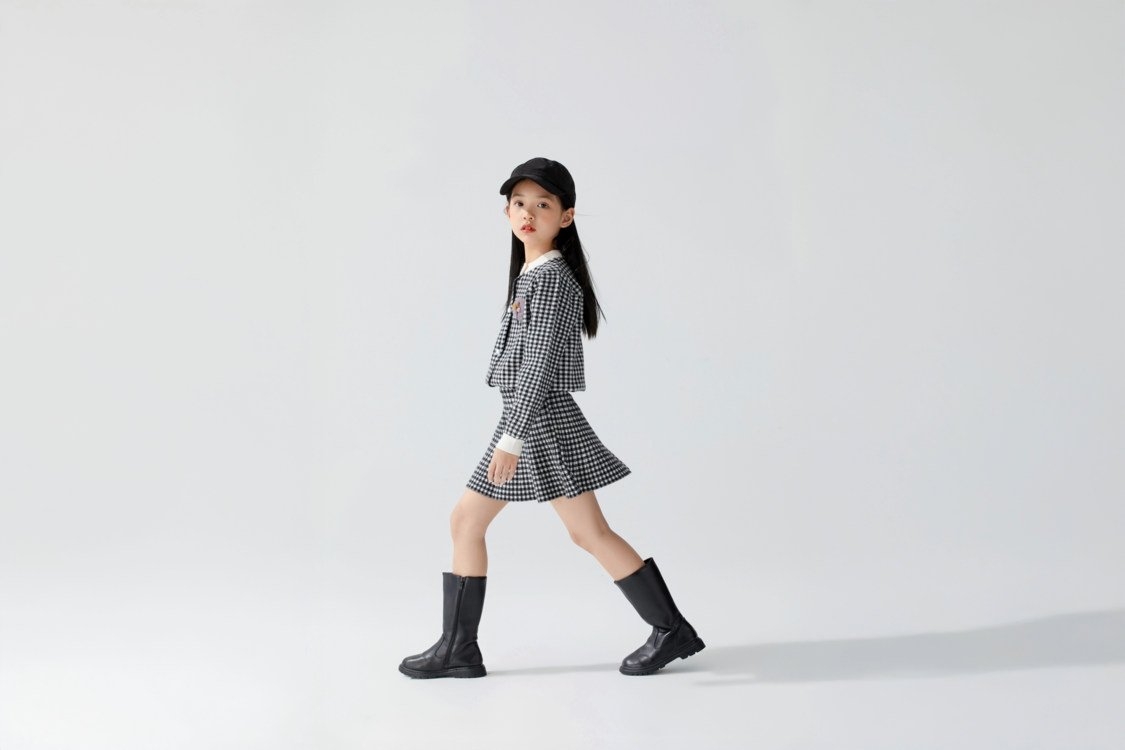Agosto 2023
Come creare le tabelle taglie per un e‑commerce di moda
Ester Bazzanella

Hai mai avuto difficoltà a creare una tabella taglie per il tuo e‑commerce?
Sebbene sia una risorsa fondamentale per i clienti, è molto comune sentirsi confusi nel decidere se adottare le misure del corpo o quelle del capo come riferimento nelle tabelle taglie.
Queste incertezze non riguardano solo chi lavora nell’e‑commerce: anche i clienti fanno fatica a interpretare numeri apparentemente senza senso per scegliere la taglia giusta.
I nostri esperti di modellistica hanno contribuito a questo articolo per chiarire definitivamente come creare tabelle di misure efficaci per la moda online. Iniziamo?
Questo contenuto è disponibile anche in video! Guardalo qui sotto.
Perché le tabelle taglie generano tante incertezze?
Comprare vestiti online è sempre più diffuso, ma spesso le tabelle taglie, pensate per aiutare il cliente, diventano un vero problema per chi inizia da zero.
Il motivo? Molte tabelle vengono create usando come riferimento un capo, ma tra taglio, vestibilità ed elasticità, le dimensioni del capo non sempre corrispondono a quelle ideali per il corpo di chi lo indosserà.
Il caso dei leggings
I leggings sono un ottimo esempio di discrepanza frequente tra taglia e misure, perché sono pensati per aderire perfettamente al corpo. Proprio per questo motivo contengono una grande quantità di elastan, che consente loro di estendersi una volta indossati.
Quindi, se utilizziamo un paio di leggings come riferimento per ottenere misure – ad esempio le circonferenze – e creare una tabella taglie basata su di essi, il risultato sarà una taglia molto più piccola rispetto alle reali misure del corpo di chi li indosserà.
Il caso degli oversized
Al contrario, troviamo capi più ampi o larghi, come ad esempio gli indumenti oversize. Una giacca oversize, ad esempio, è progettata per avere una vestibilità morbida e larga sul corpo, il che significa che le misure del prodotto saranno molto più grandi rispetto a quelle del corpo che lo indosserà.
Ecco perché è fondamentale che i clienti comprendano come leggere correttamente una tabella taglie.
A complicare ulteriormente il quadro c’è il fatto che non esiste un unico modo “giusto” o “sbagliato” per svilupparne una, ma sicuramente ci sono metodi più chiari e meno confusionari. È per questo che vogliamo mostrarti come utilizzare le misure corporee per creare una tabella taglie efficace.
Soluzione: usa le misure del corpo come riferimento
In un contesto dove aumentare le conversioni, ridurre i resi e la frustrazione dei clienti è fondamentale, una buona Tabella Misure diventa indispensabile. A differenza di quanto si pensa, circa il 37 % degli abbandoni del carrello è dovuto a dubbi sulla taglia da acquistare.
Ecco 4 passaggi per costruire la tua tabella in modo efficace:
4 passi per creare tabelle taglie per un e‑commerce moda:
- Usa sempre le misure del corpo
Per creare una tabella taglie efficace, parti sempre dalle misure corporee reali. Puoi utilizzare un modello o un manichino di riferimento: misura il corpo, verifica quali taglie indossa e usa quei dati come base per sviluppare la tua tabella. - Analizza la variazione tra una taglia e l’altra
A questo punto, confronta la differenza tra le varie taglie. Ad esempio, se un modello con 70 cm di vita indossa la taglia S e uno con 74 cm indossa la M, la differenza tra le due è di 4 cm. Puoi usare questa differenza come riferimento per costruire la tabella. Tuttavia, se noti che da M a L la variazione non è più 4 cm ma 6, allora vuol dire che non esiste una regola fissa e dovrai misurare tutte le taglie. Se invece il divario è costante (es. sempre 4 cm), puoi considerarlo uno standard di progressione valido per la tua griglia taglie. - Calcola le taglie successive
Una volta definito il corpo di riferimento e la variazione tra taglie, puoi creare la tabella. Se la taglia S corrisponde a una vita di 70 cm e la differenza è di 4 cm, allora la M sarà 74 cm, la L sarà 78 cm e così via. - Questa tabella funziona anche per altri prodotti?
Ora che hai creato la tabella, chiediti se può essere applicata anche ad altri articoli. In generale, se la persona che indossa la taglia S per un capo indossa sempre la S anche per gli altri, allora la tabella può essere utilizzata in modo trasversale. Se invece la taglia cambia da un capo all’altro, dovrai ripetere l’intero processo per ogni prodotto, perché le vestibilità potrebbero non corrispondere.
5 consigli rapidi per tabelle più efficaci
Usa sempre le misure del corpo e mai quelle del capo!
Fornire le misure del corpo aiuta il cliente a confrontare le proprie misure con quelle su cui il brand ha basato la progettazione del capo, garantendo una scelta molto più precisa.
Se invece si utilizzano le misure del capo, il cliente tenderà a fare un confronto diretto senza considerare vestibilità, stile o elasticità, con il rischio concreto di acquistare la taglia sbagliata.
Mostra solo le taglie disponibili per quel prodotto
Uno degli errori più comuni degli e-commerce è proporre un’unica tabella taglie generica per tutto il sito. Questo genera confusione nel cliente e complica la scelta. Semplifica, non complicare.
Visualizza solo le misure utili per analizzare quel capo specifico
Non ha senso che, scegliendo un paio di pantaloni, il cliente trovi una tabella con la lunghezza delle maniche. È come chiedergli di provare dei pantaloni per acquistare una camicia: non funziona e genera incertezza. Se si tratta di un capo per la parte superiore del corpo, mostra solo le misure pertinenti, e fai lo stesso per la parte inferiore.
Aiuta il cliente a comprendere le proprie misure
Spiega in modo chiaro cosa rappresenta ciascuna misura in relazione al corpo del cliente.
Utilizza immagini esplicative e testi semplici per guidarlo nella scelta della taglia più adatta alla sua fisicità.
Offri al cliente la possibilità di creare un metro da sarto fai da te
Non sempre il cliente ha a disposizione uno strumento per misurarsi. Nei momenti decisivi, è utile offrirgli un’opzione per stampare un metro cartaceo, così da poter rilevare facilmente le proprie misure anche da casa.
I consigli extra sono sempre ben accetti, giusto?
Ora che ti abbiamo mostrato il percorso per creare tabelle per le misure realmente efficaci, è importante non dimenticare la user experience, di cui abbiamo già parlato in contenuti precedenti, sottolineando quanto incida sulla crescita delle vendite.
Aiuta sempre il tuo cliente a capire le proprie misure. Spiega in modo chiaro cosa rappresenta ogni misura sul corpo. Utilizza immagini e testi per mostrare come misurarsi correttamente e confrontare le proprie misure con quelle indicate nella tabella.
Dai un’occhiata a questo post con 6 strategie di fidelizzazione per l’e-commerce moda
Buone pratiche legate alle tabelle delle misure
Quando si parla di tabelle delle misure, ci sono alcune buone pratiche organizzative da tenere presenti.
Il nostro consiglio è di documentare tutto su un foglio di calcolo (o in un documento qualsiasi) dove vengano elencati tutti i prodotti che utilizzano la tabella. Assicurati che ogni prodotto corrisponda esattamente alle misure indicate.
In questo modo potrai lavorare in modo ordinato ed evitare confusione, soprattutto quando cambia il team o vengono introdotti nuovi articoli.
E se il cliente ha ancora dei dubbi?
Una volta che il prodotto è disponibile sull’e-commerce, è possibile che il cliente abbia ancora dubbi sulla taglia più adatta.
In questi casi, suggeriamo di mantenere attivo un team di assistenza in grado di contattare il cliente, via messaggio o telefonicamente.
In questo modo si potrà confrontare le sue misure corporee con quelle di un membro del team simile per corporatura, oppure verificare direttamente sulla tabella quale sia la taglia ideale.
Valuta l’implementazione di un Size & Fit Advisor
Per aumentare la chiarezza durante il processo d’acquisto, considera di introdurre un Size & Fit Advisor. Un camerino virtuale è uno strumento prezioso per risolvere rapidamente i dubbi ed evitare rallentamenti nella decisione d’acquisto.
Questa tecnologia utilizza dati semplici e accessibili per calcolare le misure corporee e confrontarle con le tabelle sviluppate dal tuo e-commerce.
Oggi, molte realtà digitali utilizzano questa soluzione come vantaggio competitivo, per aumentare le vendite e migliorare la sicurezza percepita dal cliente in merito alla taglia, contribuendo così a far crescere ticket medio e tasso di conversione.
Hai ancora dubbi su tabelle delle misure o user experience? Contattaci: saremo felici di aiutarti!
Buon lavoro con le tue tabelle delle misure!
If you still have questions about size charts, patterns, or user experience, feel free to reach out to us.







